
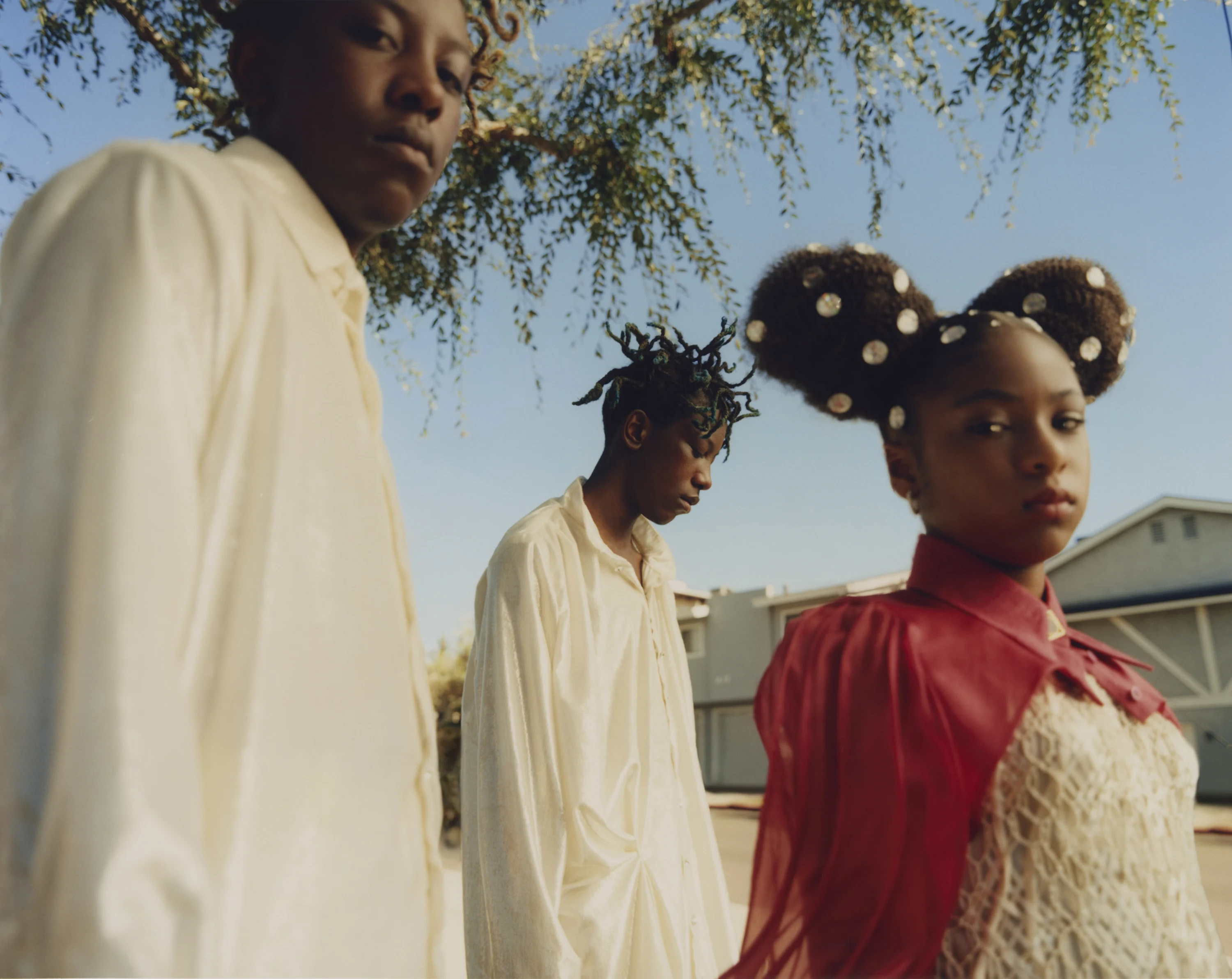

Micaiah Carter captures the vibrancy of Black spirituality
In “Optimism”, a photo collaboration with WePresent, photographer Micaiah Carter bridges the past and future with emotive and intimate images of Black men, women and families. Tinted with nostalgia and personal memory, the series celebrates and preserves a facet of the Black experience that is often overlooked—a theme, writer Siraad Dirshe discovers, is at the heart of Micaiah’s personal work.
Every so often, we stumble on something that deeply stirs the emotions of our core, pressing a permanent imprint on our long-term memory. This is Micaiah Carter’s work. The 26-year-old photographer, who has already captured contemporary icons such as Naomi Osaka, Pharrell, and Issa Rae, possesses a rare ability to make you fall into the world of his making, totally and completely, with a single image. There’s a level of intimacy that’s omnipresent, whether you encounter it online, where it’s often shared on Black cultural pages, or in real life, such as in his debut solo show at SN37 Gallery in New York earlier this year. This intimacy makes Carter’s images feel deeply relatable and nostalgic.

In “Optimism,” the artist’s latest collaboration with WePresent, these same emotions ooze out in 12 exclusive images that magnify the vibrant cultural tapestry of Black consciousness. Once again, Carter beautifully and carefully uses his art to uplift and preserve Black legacy, and investigates a facet of Black culture that is not often explored: Black spirituality.
Growing up in Victorville, a city in California’s San Bernardino County, going to church on Sundays was a family affair for Carter.
“I was raised in a Baptist church, a smaller church in Victorville. I remember waking up early, going to church, having communion after with everyone, and going to children’s church,” he recalls. These early memories stuck with him through adolescence into adulthood, and served as the genesis for this collaboration.

From an early age, Carter was not only observant and curious about the world around him, but also intrigued by the idea of preservation. “At home, I think my dad was just a collector of art in general, so I was always surrounded by visual art,” he explains.
But it wasn’t until college that his interest in preserving Black culture himself was really piqued. Tinkering and experimenting with cameras, and taking photos of friends, family and community, Carter developed his photographic ambitions. The seeds planted by his early childhood experiences in Victorville, his conversations with his dad about art, and the work of renowned photographers he admired—like Carrie Mae Weems and Gordon Parks, germinated.

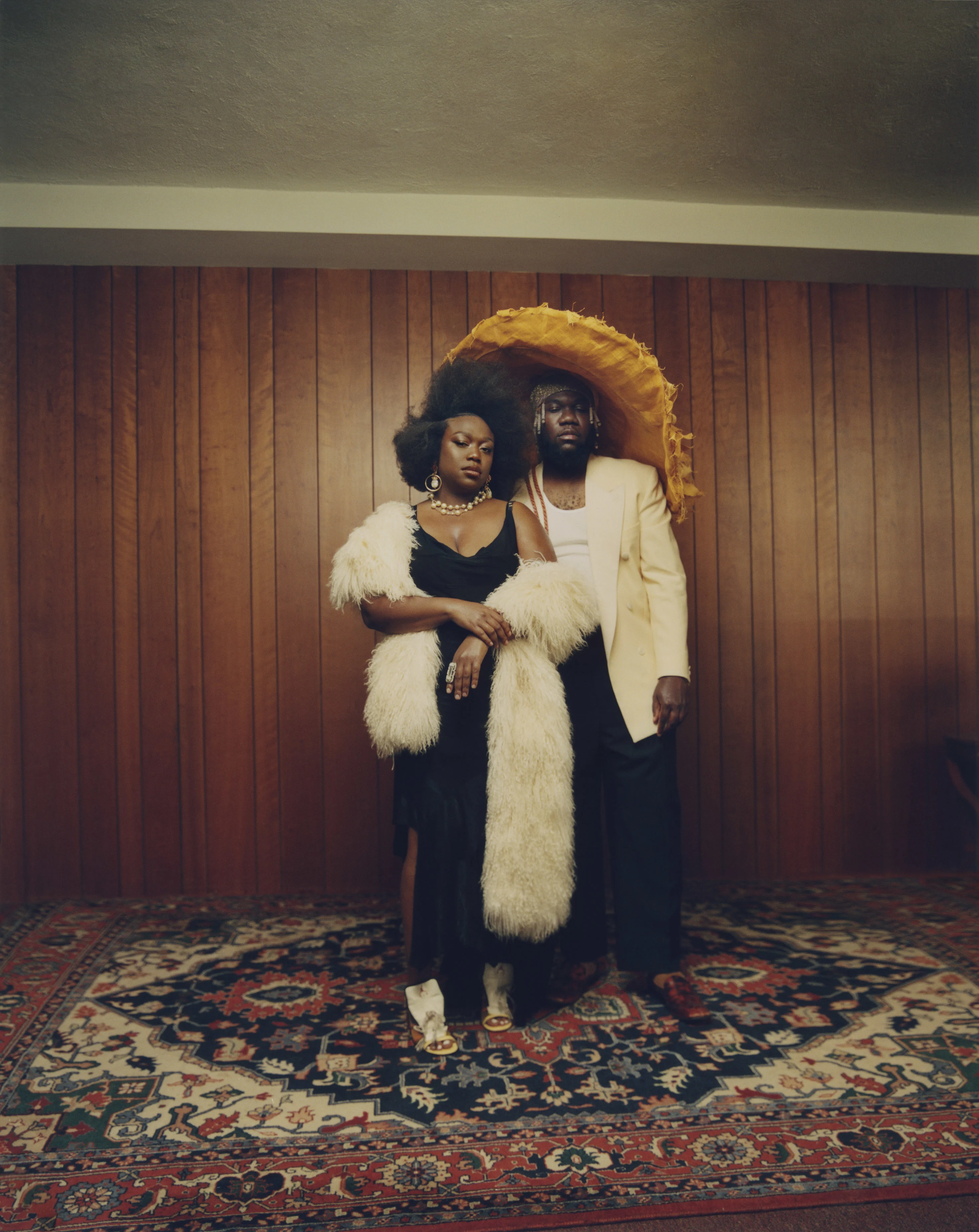
For many artists, it takes years to find the thing that hooks them and, ultimately, serves as the foundation for their work. But for Carter, it’s always been crystal clear: Black legacy. It’s why those early memories are so important to him to this day, and why the work of artists like Weems and Parks hold such resonance.
“I really want to put [legacy] in my work at all times. It’s really important for that to happen,” he says. More specifically, he wants to teach and pass on the lessons he’s learned.
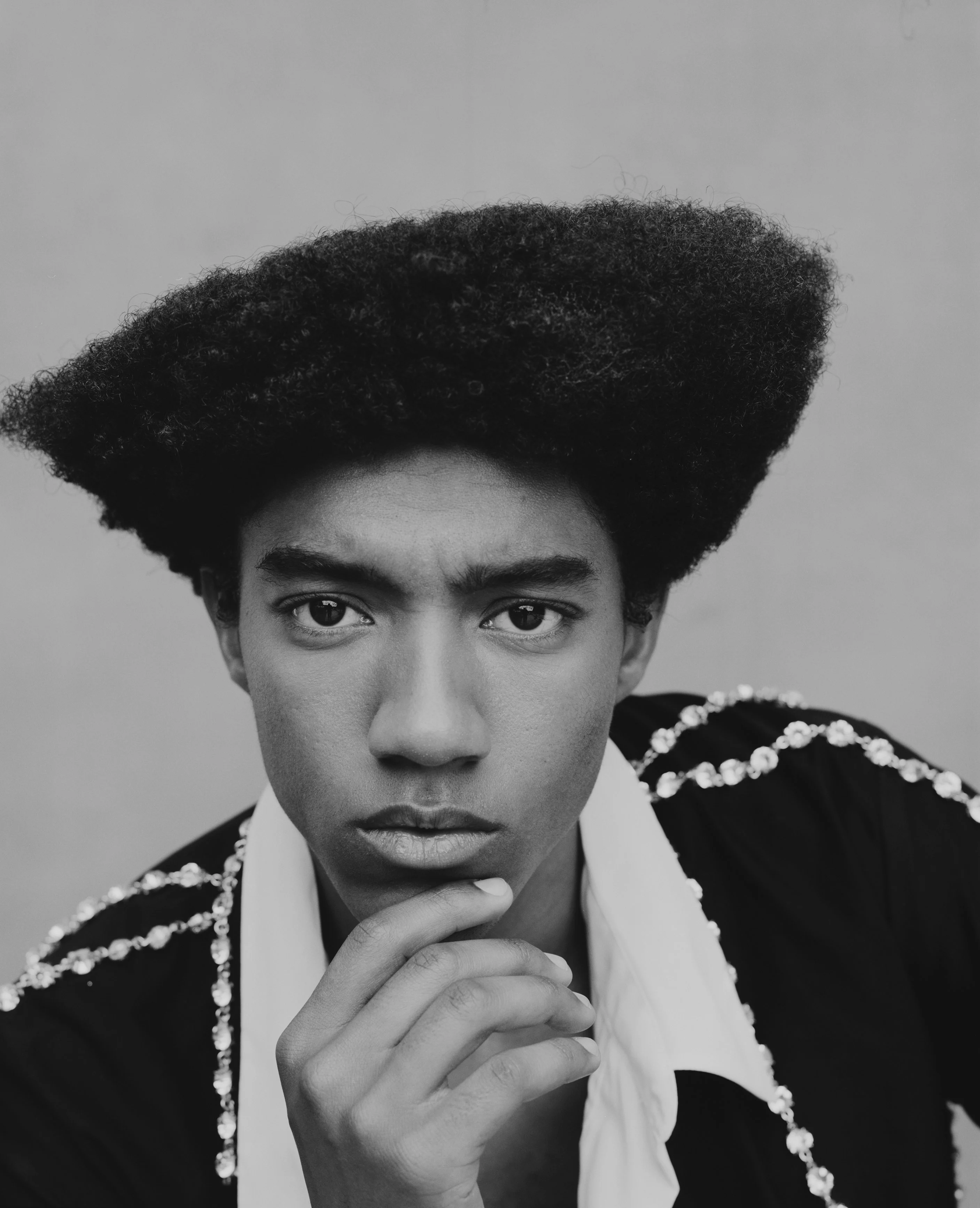
Legacy, for Carter, means recontextualizing the past so that it feels relevant and dear to Black folks today. And with “Optimism,” Carter wanted to celebrate the uniqueness of Blackness, as well as its transformations.
Like all of Carter’s projects, this one began with copious amounts of research. “There’s a lot of research and tabs open [on my computer],” he explains. “I have archival videos of the church talent shows, and then some archival records of show footage that I found, and other inspiration from the 90s.”

As a result, the images in this series are astoundingly captivating, with all of Blackness’s seriousness and swag on full display. Carter obsessed over details most would overlook, like what nail polish his subjects should wear, or exactly how someone’s hat should be placed on their head, so he could respectfully breathe life into the characters built around his childhood.

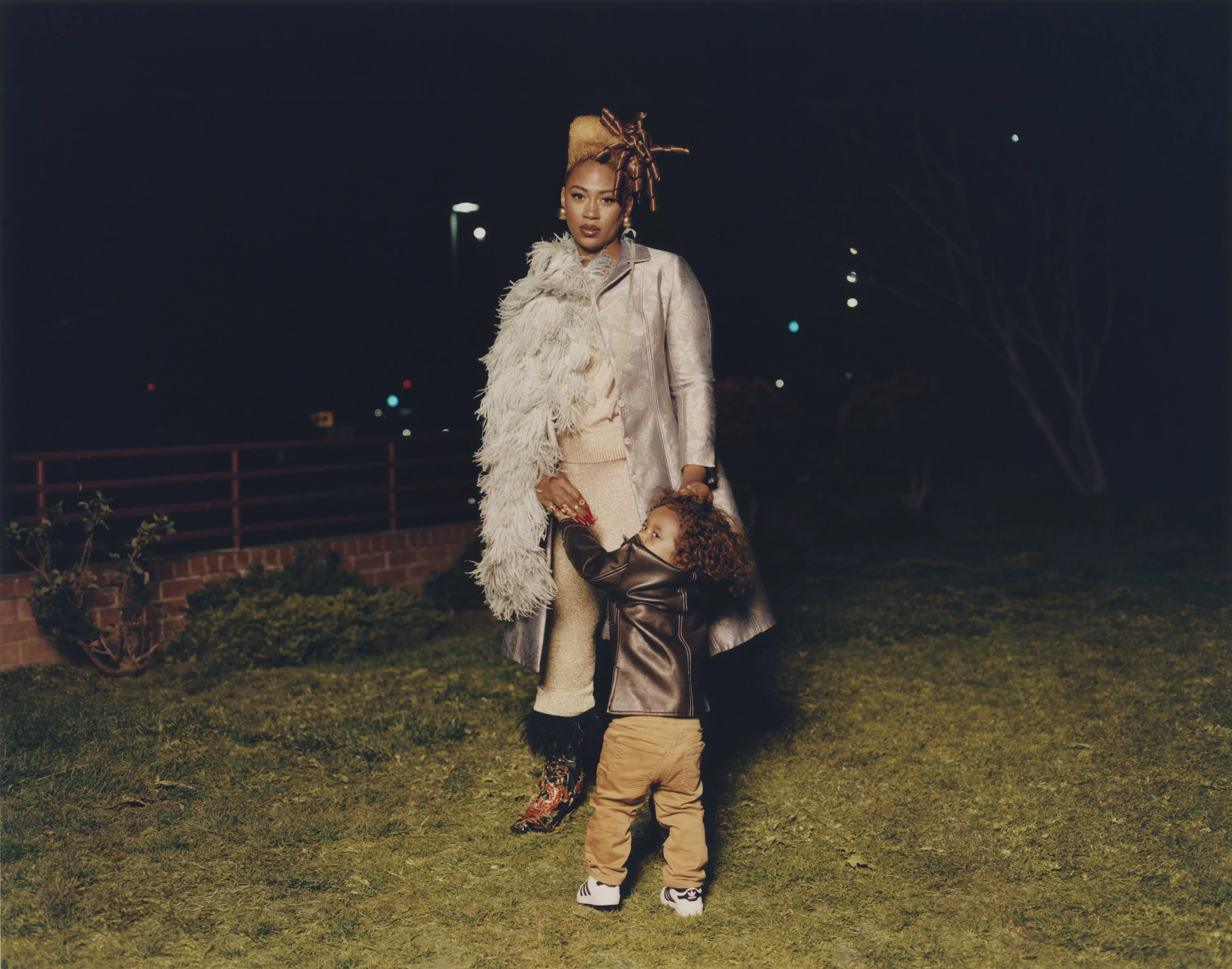
For this project, the artist used a cast of kids and men and women of all ages to perfectly represent and pay homage to the folks in his community. Like Miss Connie: “She had long, red nails and I kind of paid homage to her. When you see the images, you'll see these characters come to life,” he says. And that they surely do.
Family, a theme that Carter hopes shines through, was another source of inspiration. His niece, older brothers, and sister-in-law are all perceived with his camera. Each of these people, these characters, plays an integral role in Carter’s world.
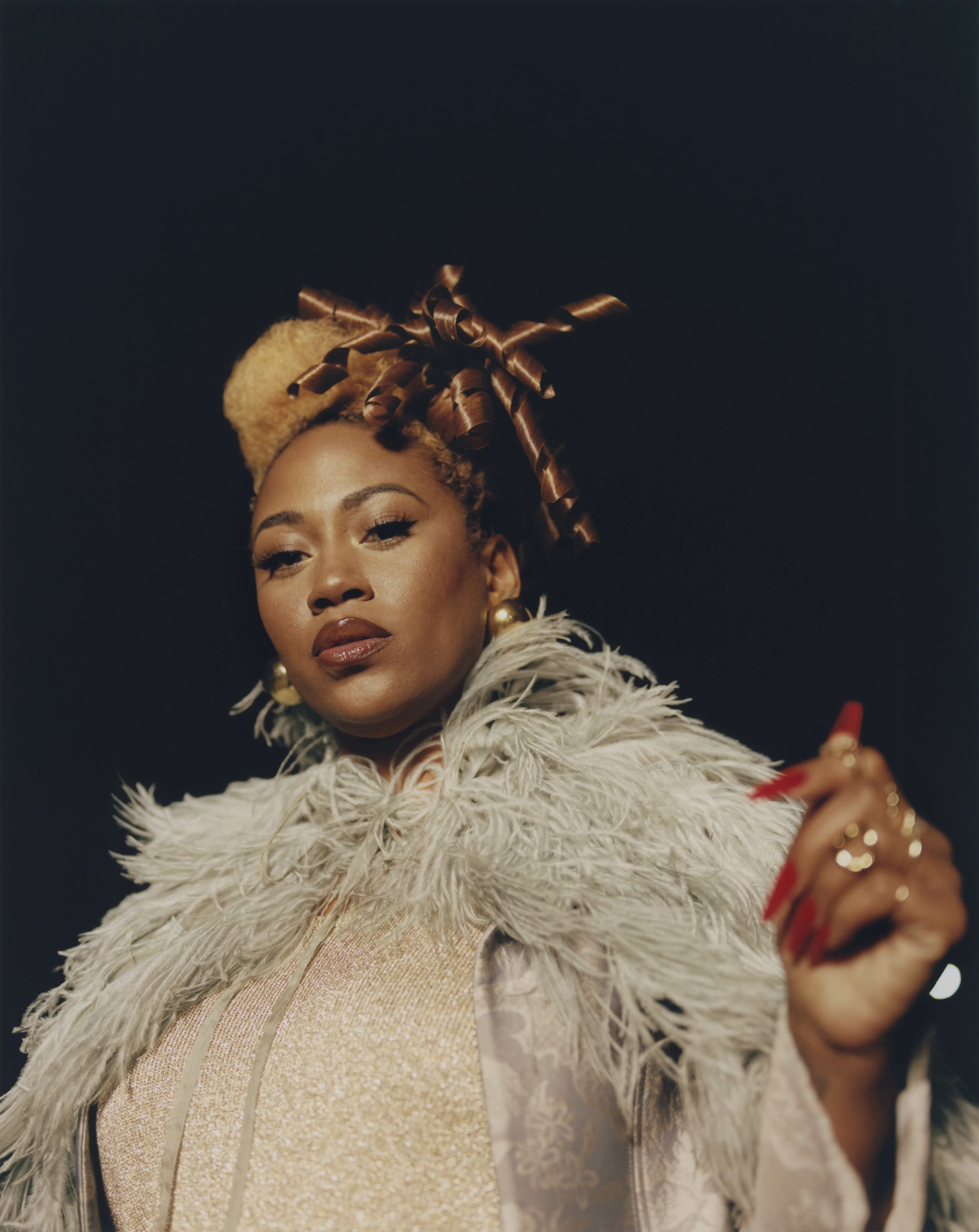
Two of the most captivating images from the collection perfectly harness Carter’s skill. In the first, two young men feel larger than life, while in the second, a couple shares a fleeting but delicate moment. Of the image inspired by his niece and older brothers, Carter says: “I wanted [the boys] to sit like that because they seemed like they’re protecting her. It was something that I grew up with.” For the second, Carter set out to show, “just the swagger of my brother and his partner. I just really loved how they really held each other down.”
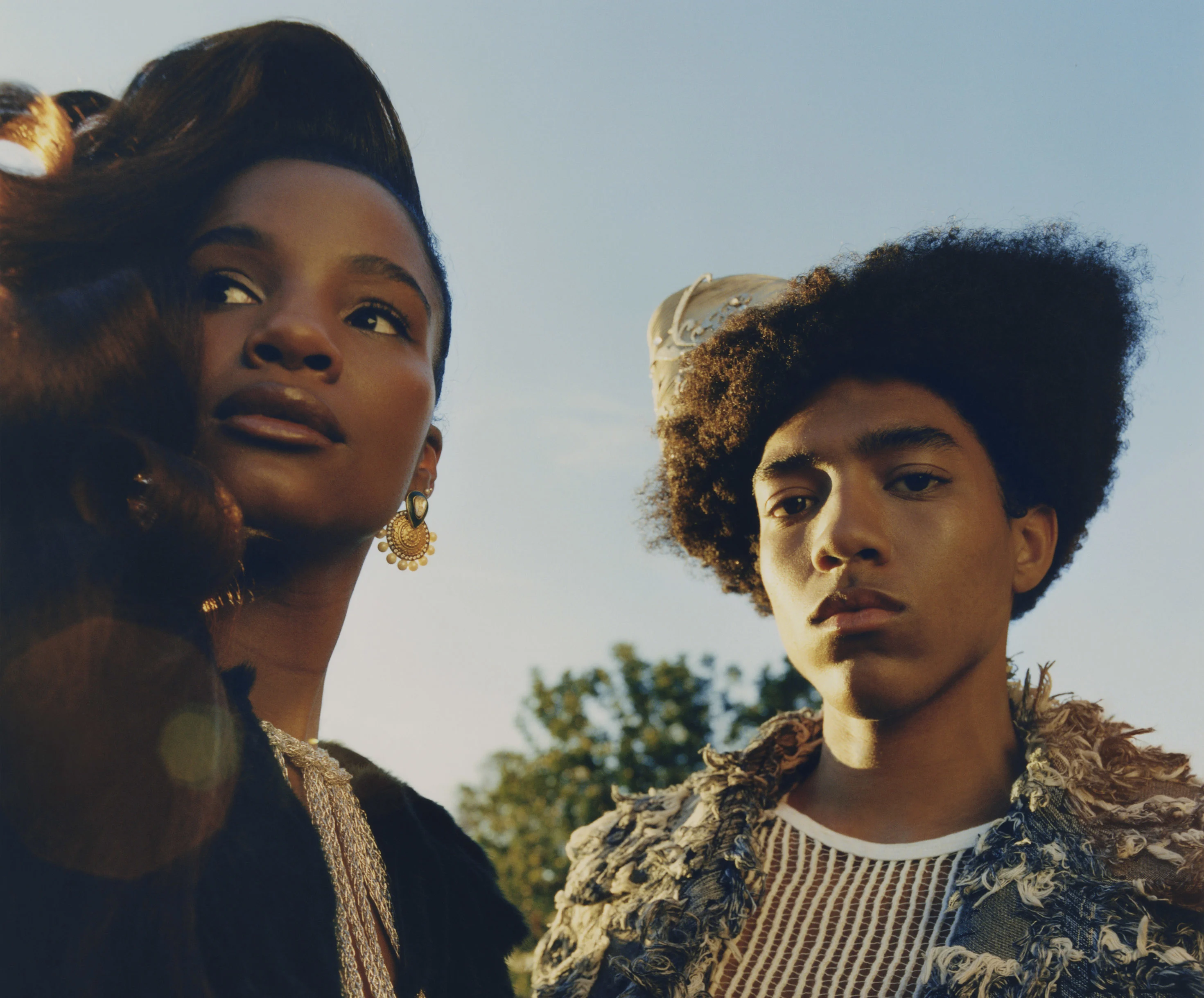
Taking in the individual images and the collection as a whole, one feels an undeniable closeness to the subjects, while also feeling the closeness the subjects have to each other. Thematically, the power of community and a sense of family—blood or chosen—pour out as well.
What Carter does so well here, and throughout his practice, is capture the soft and often overlooked moments we have with those closest to us—the ever so slight cock of a head on a loved one’s shoulder, or a tender embrace. “I think it’s just part of life,” he says. “People can see that, and see these little pockets.”
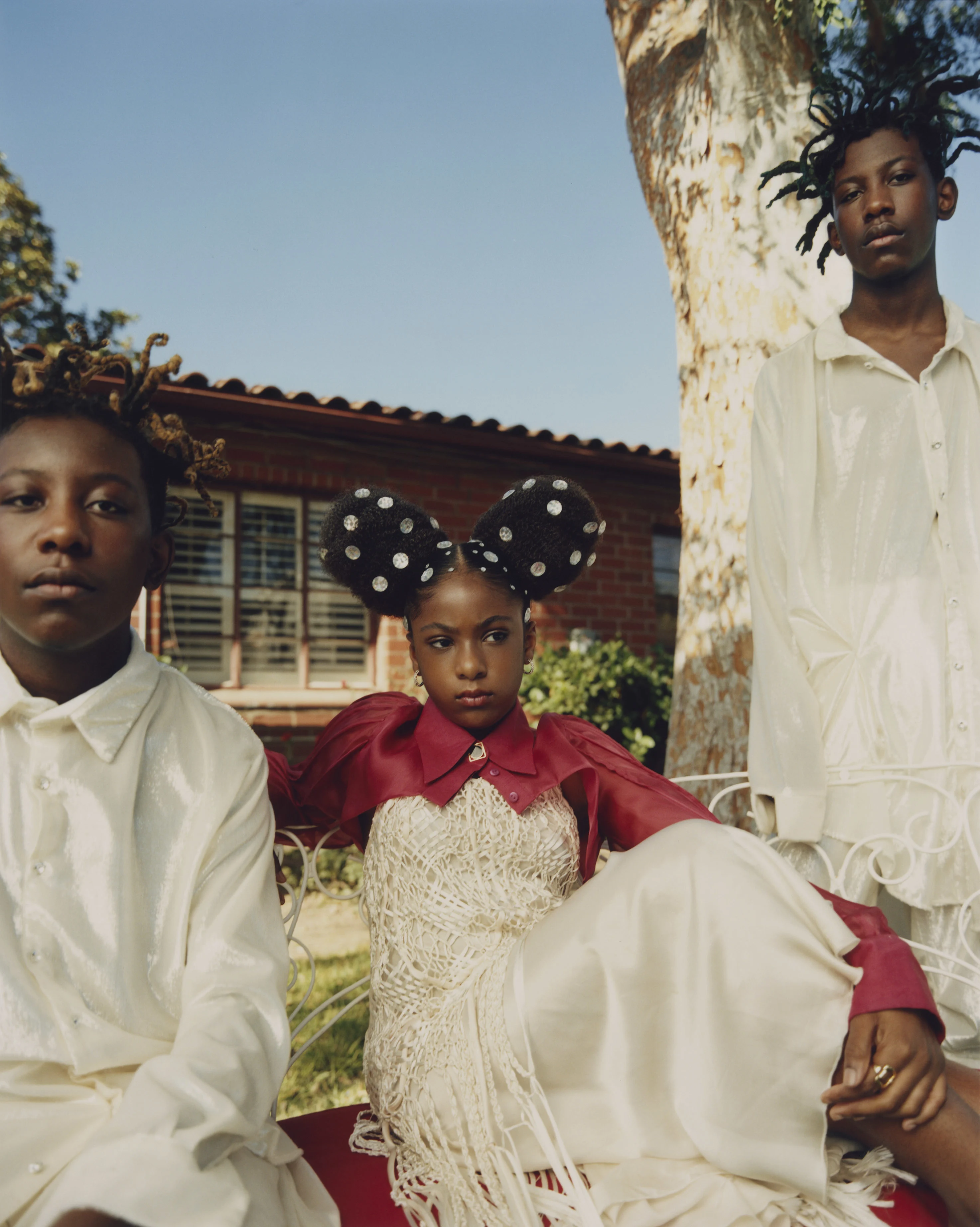
There’s no denying that Micaiah Carter’s photographs are emotive. But emotions are fleeting, even if the memory lingers, which is why Carter wants folks to feel inspired by “Optimism”—inspired to call a family member they saw reflected in the images, or to pick up a camera and start preserving their own legacy.
It’s rare that an image can make someone stop in their tracks while also leading them down a totally new path, but Carter is able to do that. This collection, which is ripe with inspiration, cements Carter’s childhood dream of becoming a superhero: one that captures and preserves Blackness in all of its bounty and glory.